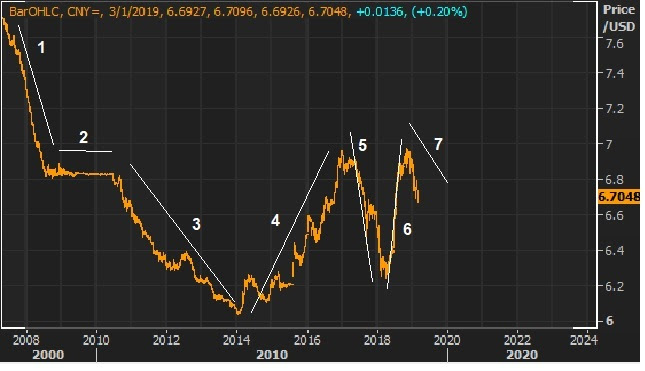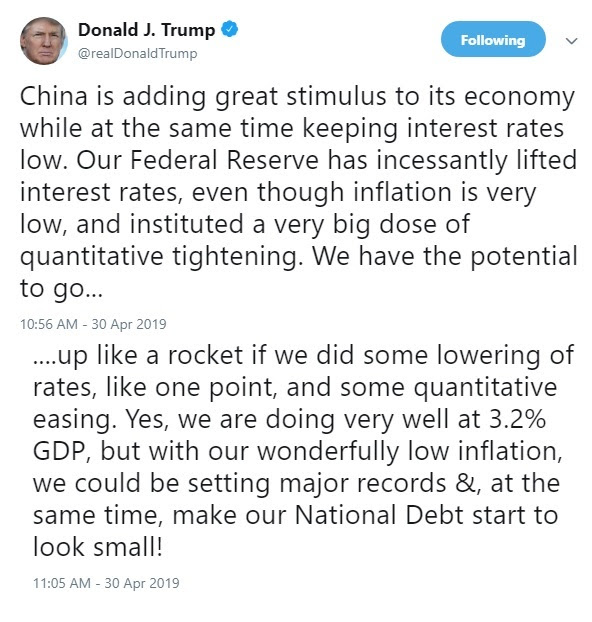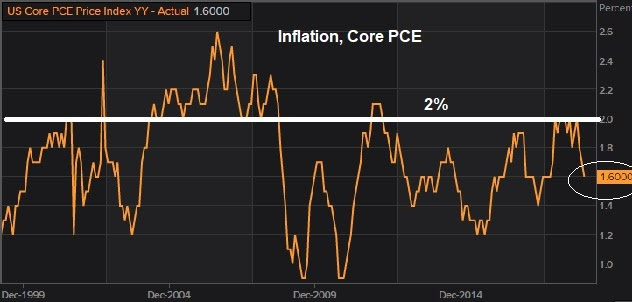May 9, 5:00 pm EST
Yesterday we talked about the tool China will use to offset tariffs, if a deal does not materialize and the tariff penalty increases.
They will devalue their currency.
With a “no deal” potential outcome, there’s a lot of wealth in China looking for ways out.
In recent years, they have found a way out through Bitcoin. And, no coincidence, Bitcoin is again on the move.
With that, let’s take a look at the timeline on Bitcoin…
The 2016-2017 ascent of Bitcoin coincided perfectly with the crackdown on capital flight in China. In late 2016, with rapid expansion of credit in China, growing non-performing loans, a soft economy and the prospects of a Trump administration that could put pressure on China trade, capital was moving aggressively out of China.
That’s when the government stepped UP capital controls — restricting movement of capital out of China, from transfers to foreign investment.
Of course, resourceful Chinese still found ways to move money. Among them, buying Bitcoin. And that’s when Bitcoin started to really move (from sub-$1,000 to over $19,000). China cryptocurrency exchanges were said to account for 90% of global bitcoin trading.
Chinese capital flows were confused for Silicon Valley genius.
But in late 2017, China cracked down on Bitcoin – with a total ban. A few months later, Bitcoin futures launched, which gave hedge funds a liquid way to short the madness. Bitcoin topped the day the futures contract launched.
So, as Chinese officials visit the White House for a deal or no deal on trade, China has been moving their currency lower — and bitcoin has (again) been moving higher. Perhaps the Chinese are finding new ways to buy Bitcoin.
If you haven’t signed up for my Billionaire’s Portfolio, don’t delay … we’ve just had another big exit in our portfolio, and we’ve replaced it with the favorite stock of the most revered investor in corporate America — it’s a stock with double potential.
Join now and get your risk free access by signing up here.










